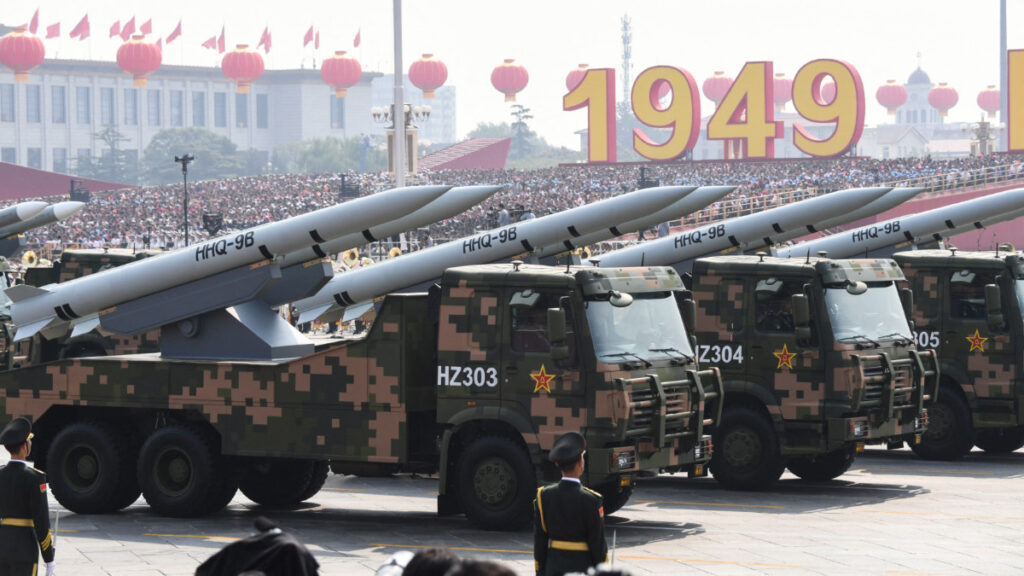Iran has taken possession of Chinese surface-to-air missile batteries as Tehran rapidly moves to rebuild defensives destroyed by Israel during their recent 12-day conflict, sources have told Middle East Eye.
The deliveries of Chinese surface-to-air missile batteries occurred after a de-facto truce was struck between Iran and Israel on 24 June, an Arab official familiar with the intelligence told MEE.
Another Arab official, who spoke on the condition of anonymity to discuss the sensitive intelligence, said that the US’s Arab allies were aware of Tehran’s efforts to “back up and reinforce” its air defences and that the White House had been informed of Iran’s progress.
The officials did not say how many surface-to-air missiles, or SAMs, Iran had received from China since the end of the fighting. However, one of the Arab officials said that Iran was paying for the SAMs with oil shipments.
China is the largest importer of Iranian oil, and the US Energy Information Administration suggested in a report in May that nearly 90 percent of Iran’s crude and condensate exports flow to Beijing.
New MEE newsletter: Jerusalem Dispatch
Sign up to get the latest insights and analysis on
Israel-Palestine, alongside Turkey Unpacked and other MEE newsletters
For several years, China has imported record amounts of Iranian oil despite US sanctions, using countries such as Malaysia as a transshipment hub to mask the crude’s origin.
“The Iranians engage in creative ways of trading,” the second Arab official told MEE.
Israeli Prime Minister Benjamin Netanyahu and US President Donald Trump are expected to discuss Iran and its nuclear programme when they meet on Monday.
MEE reached out to the White House for comment but did not receive a response by the time of publication.
Deepening relationship
The shipments mark a deepening of Beijing’s relationship with Tehran and come as some in the West noted that China and Russia appeared to keep a distance from Iran amid Israel’s unprecedented attacks.
Israel achieved air superiority over Iran’s skies during the conflict, destroying ballistic missile launch pads and assassinating Iranian generals and scientists.
Despite this, the government endured the strikes. It was also able to continue firing ballistic missiles at Israel, decimating several sensitive sites in Tel Aviv and Haifa before a ceasefire took hold.

By allowing Israel to bomb Iran, Trump is pushing Tehran to go nuclear
Read More »
In the late 1980s, Iran received HY-2 Silkworm cruise missiles from China via North Korea when it was at war with Iraq.
The Islamic Republic used the missiles to attack Kuwait and strike a US-flagged oil tanker during the so-called tanker wars. In 2010, there were reports that Iran received HQ9 anti-aircraft missiles from China.
Iran is believed to use Russia’s S-300, which is capable of engaging aircraft and UAVs in addition to providing some cruise and ballistic missile defence capability, as well as older Chinese systems and locally produced batteries such as the Khordad series and the Bavar-373.
These systems are believed to have a limited ability to shoot down the US F-35 stealth warplane that Israel operates.
China already sells its HQ-9 and HQ-16 air defence systems to Pakistan. Egypt is also understood to have China’s HQ-9 system, according to reports.

